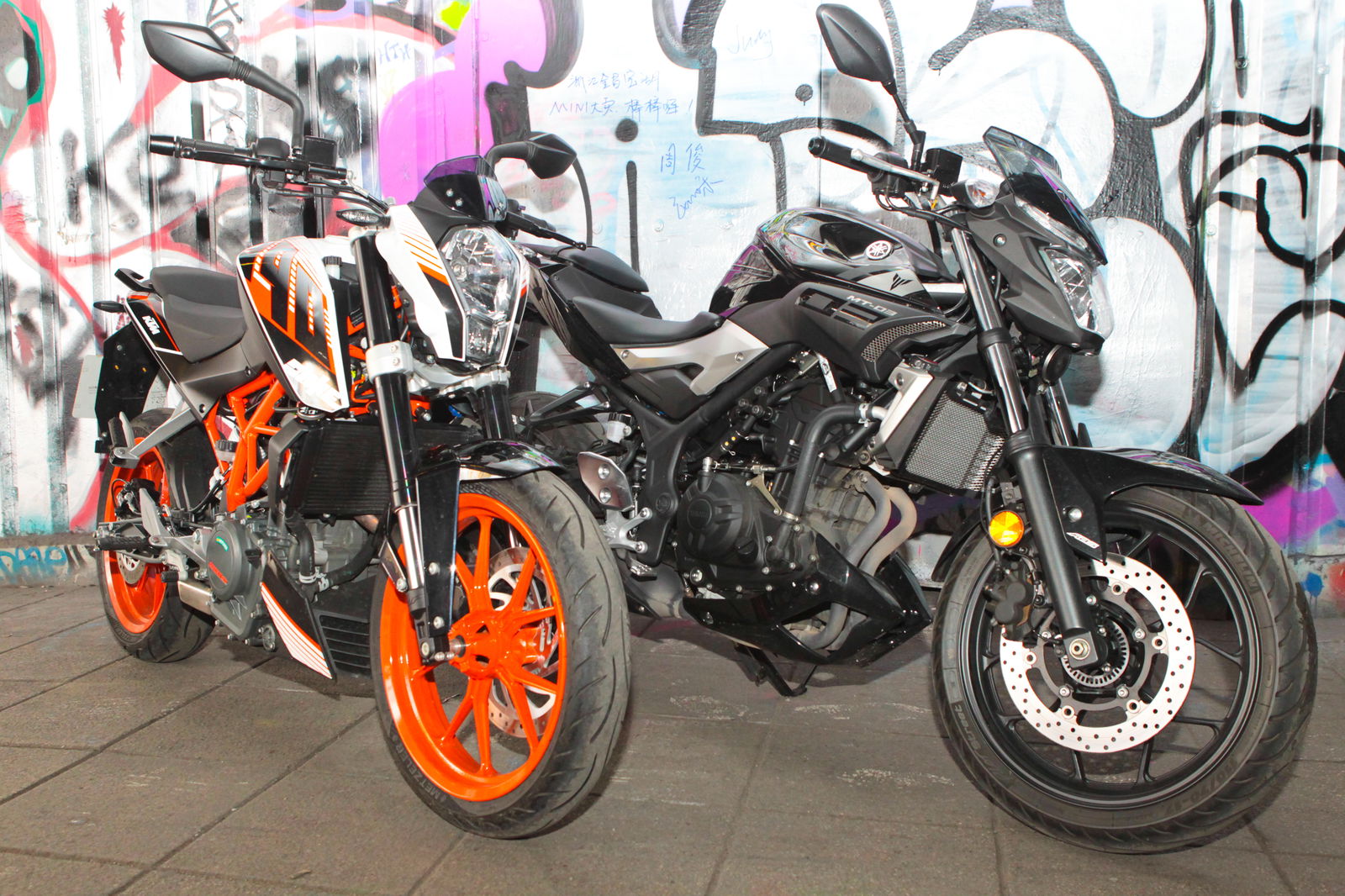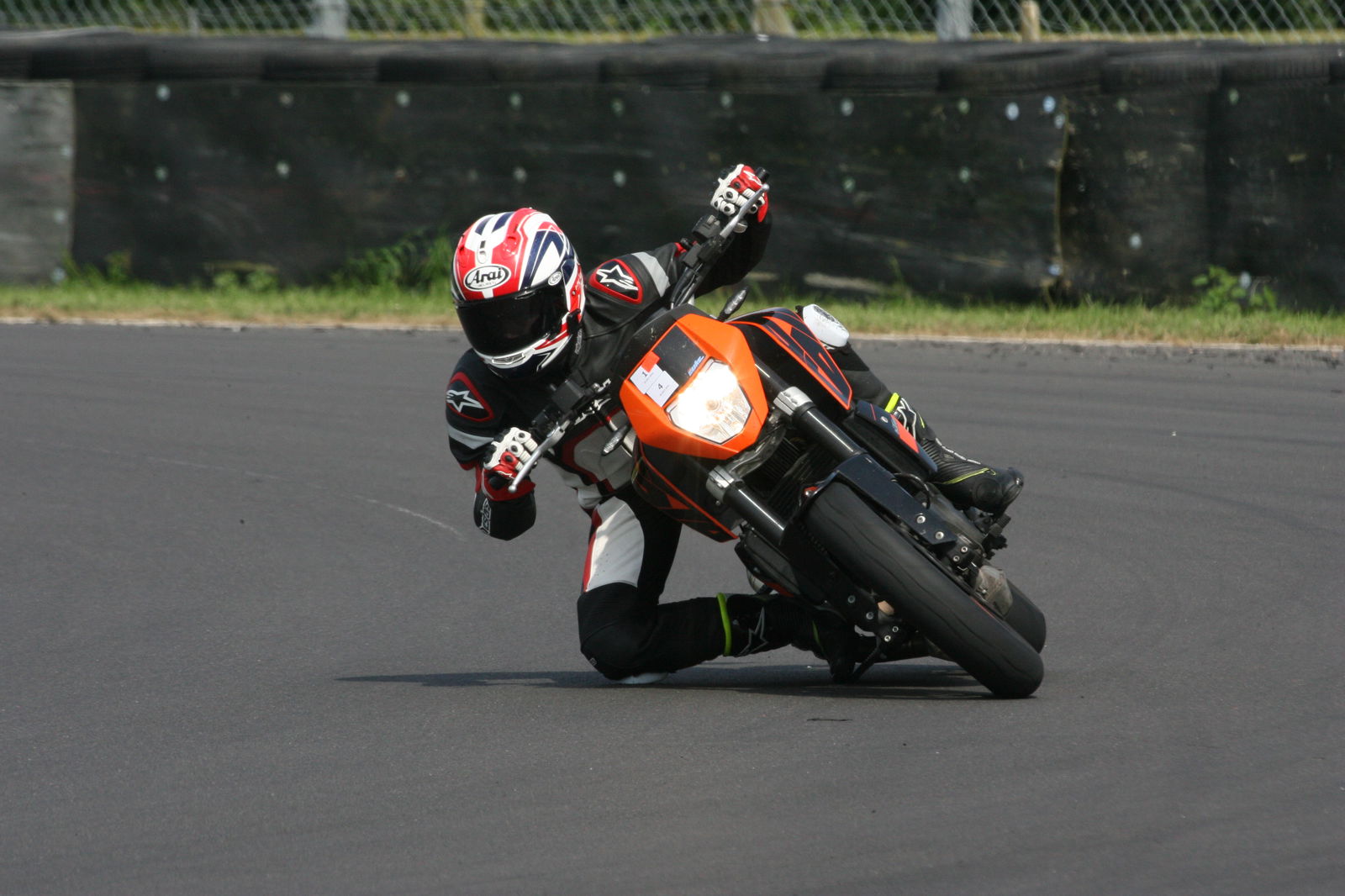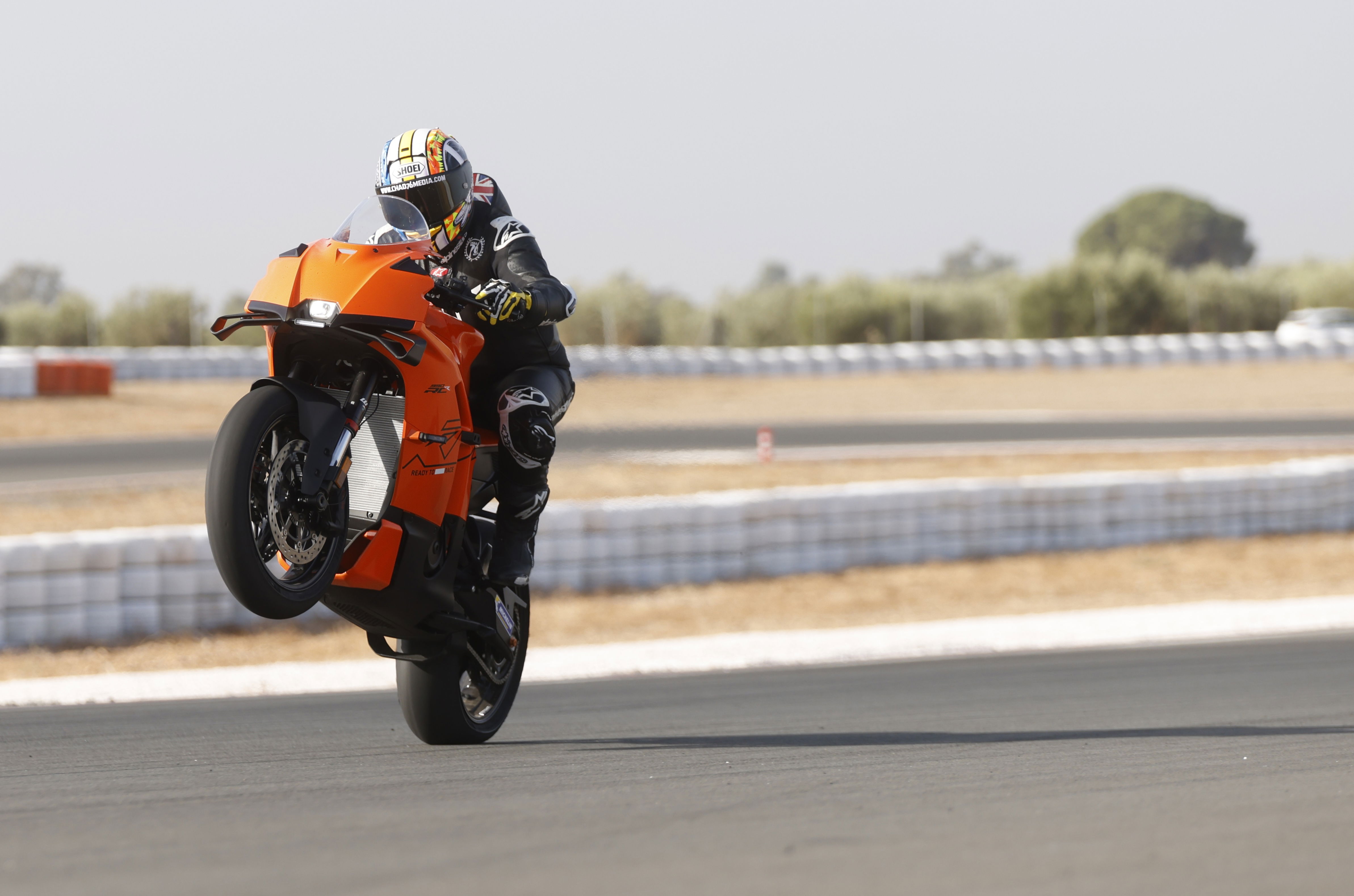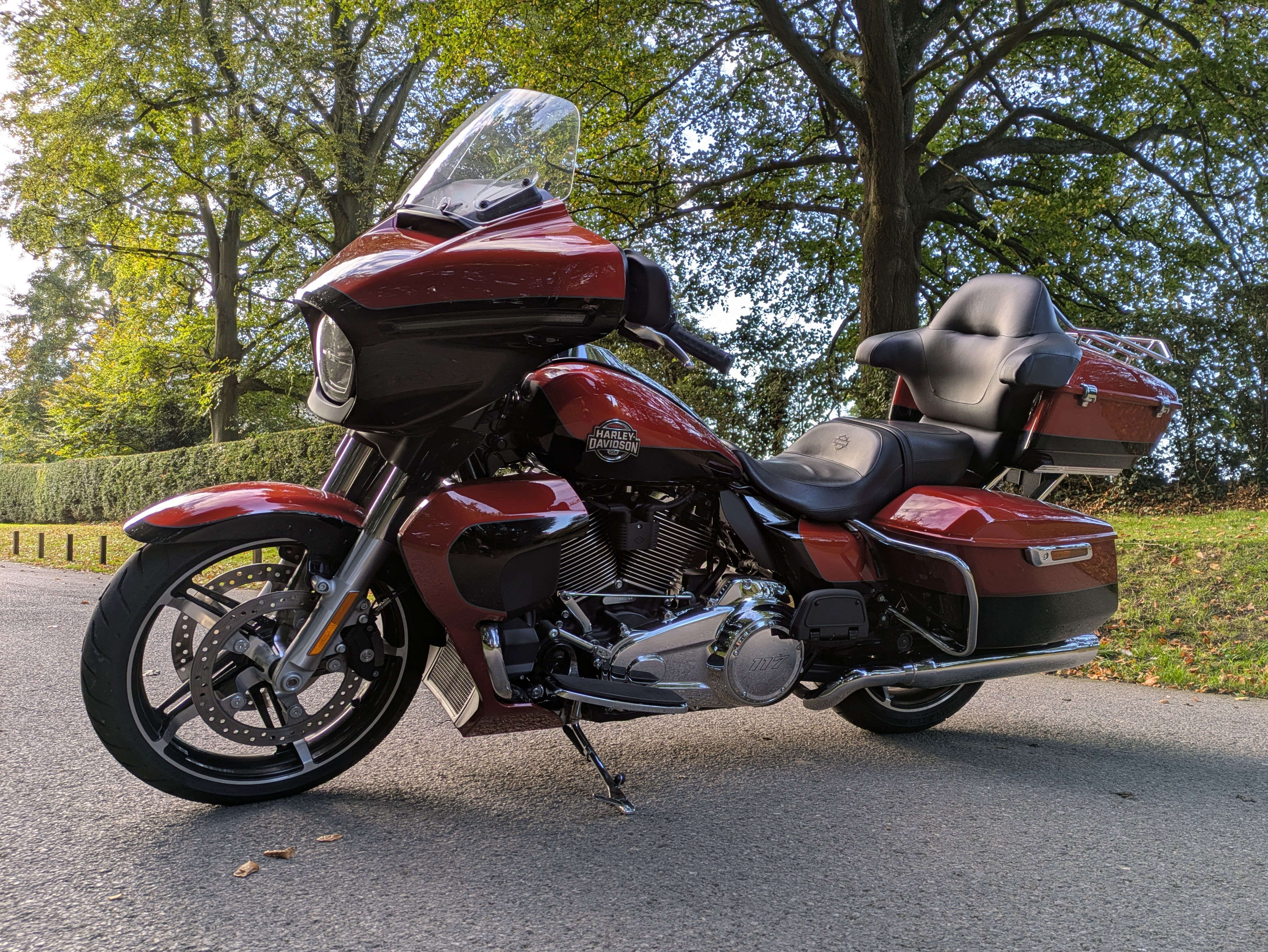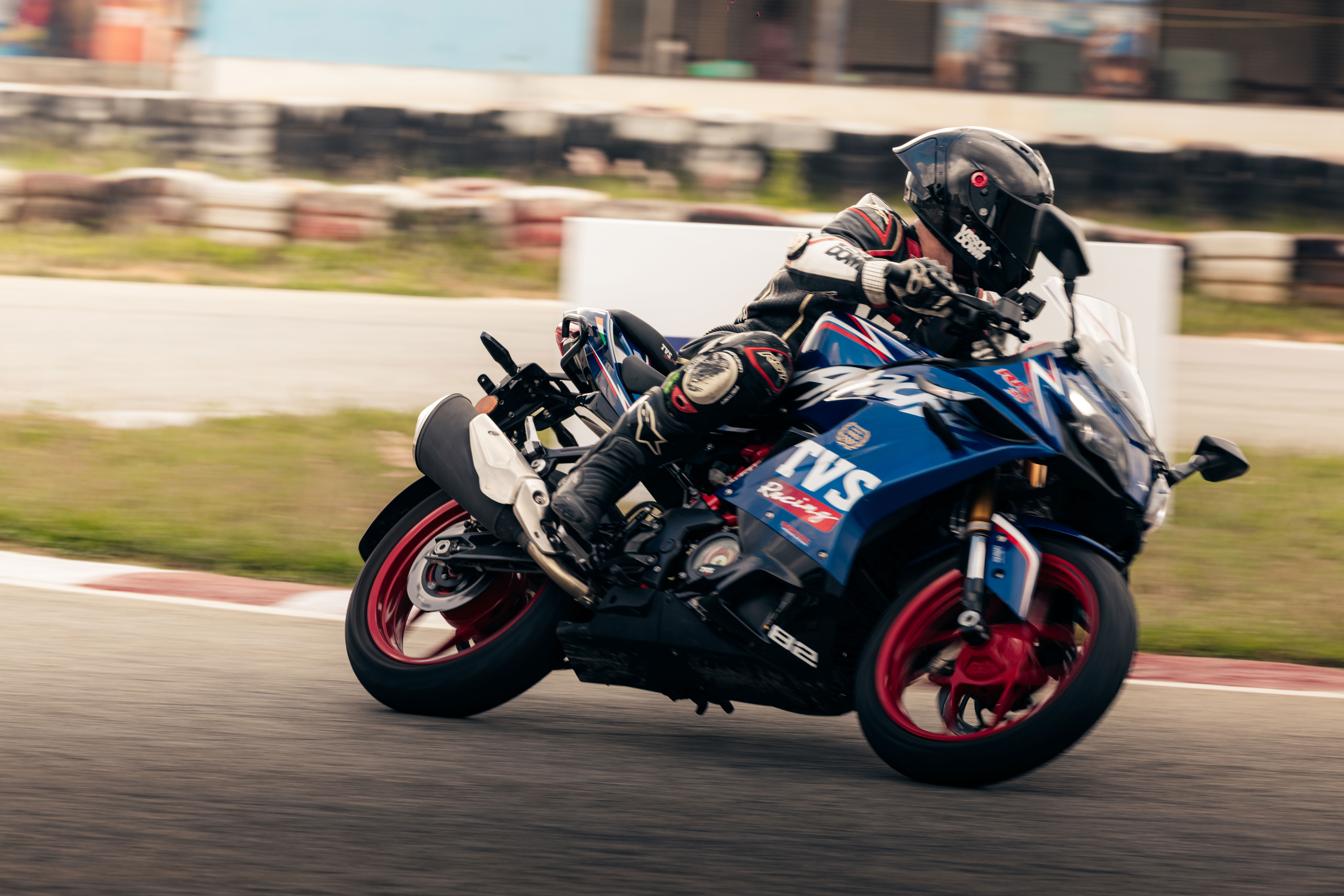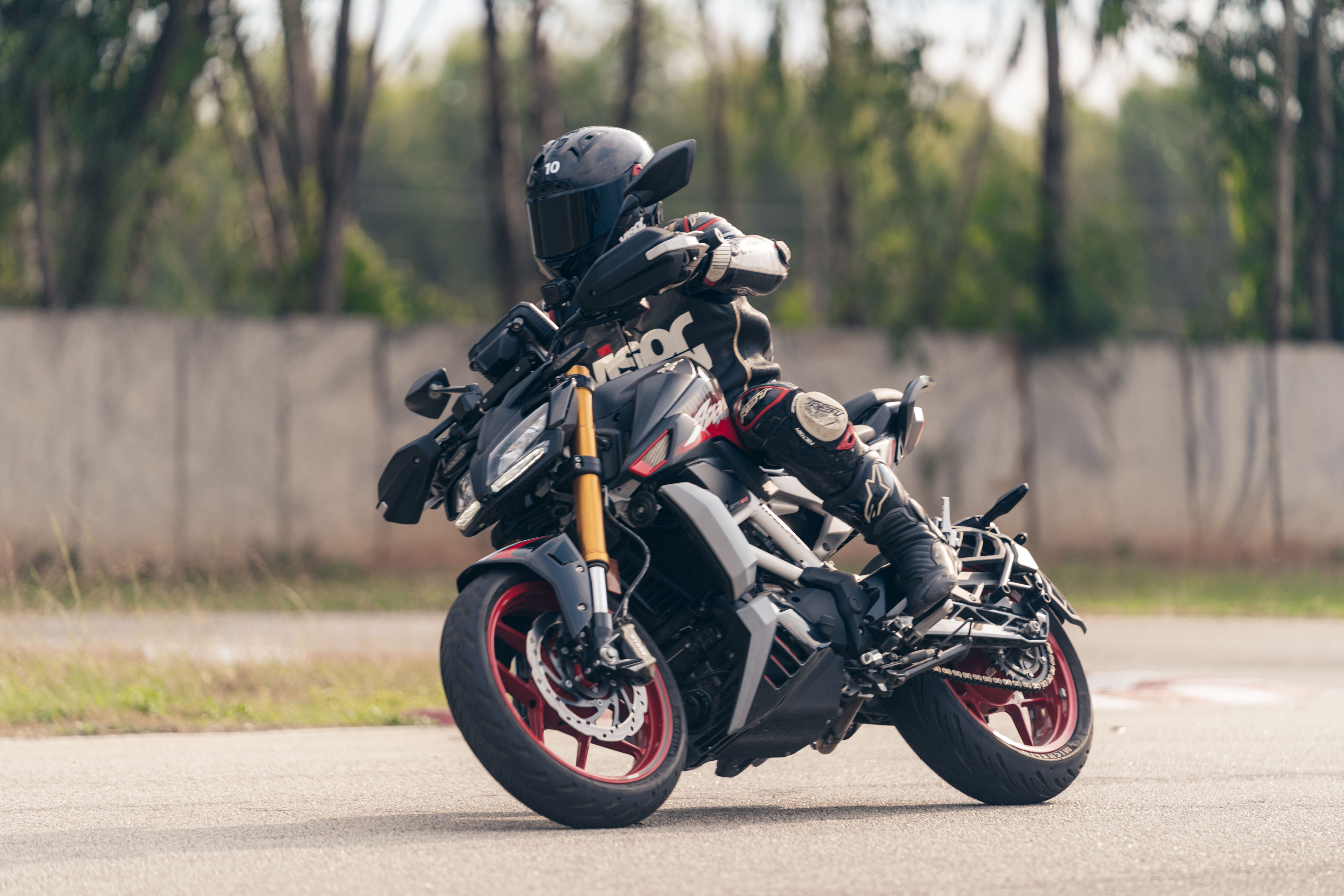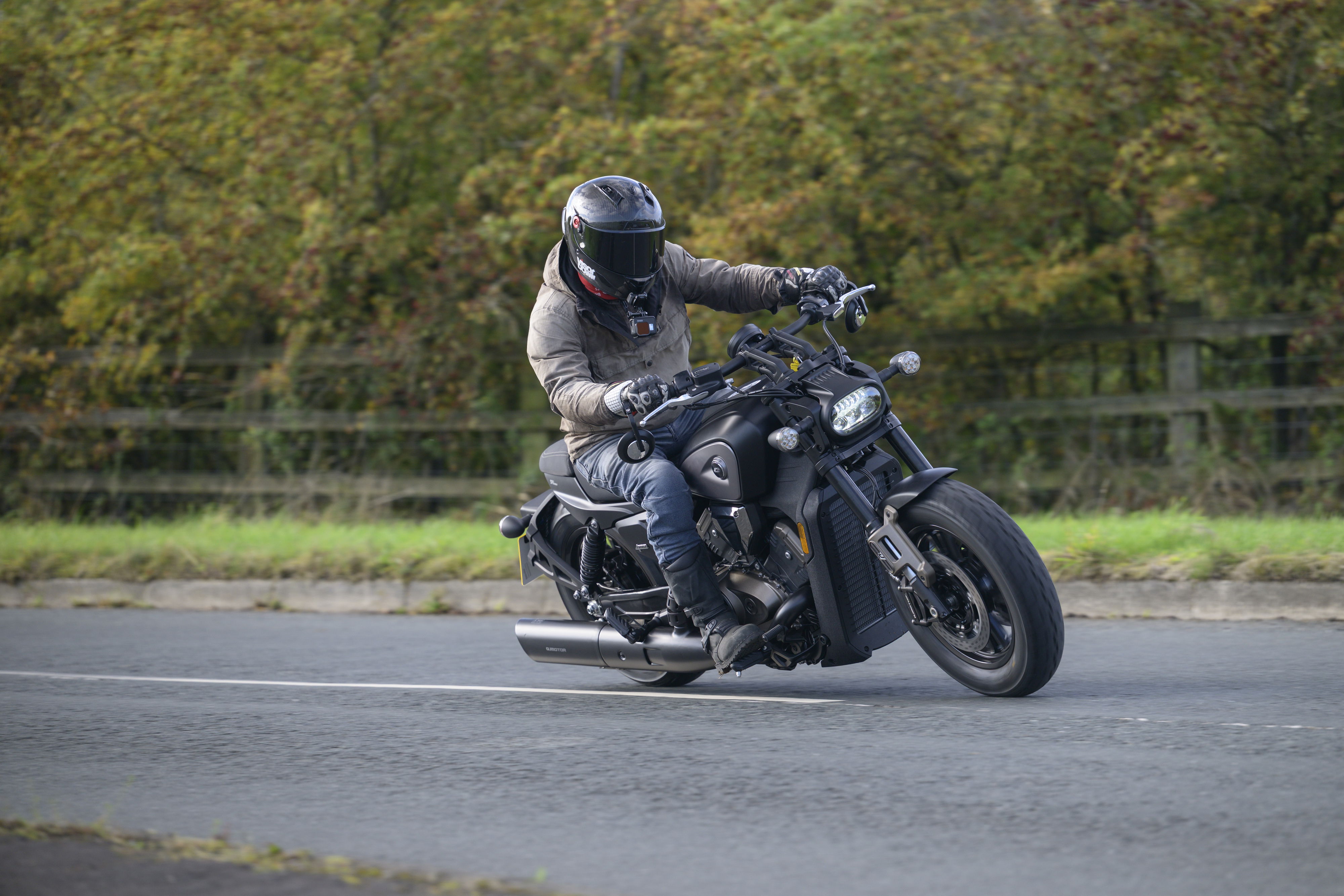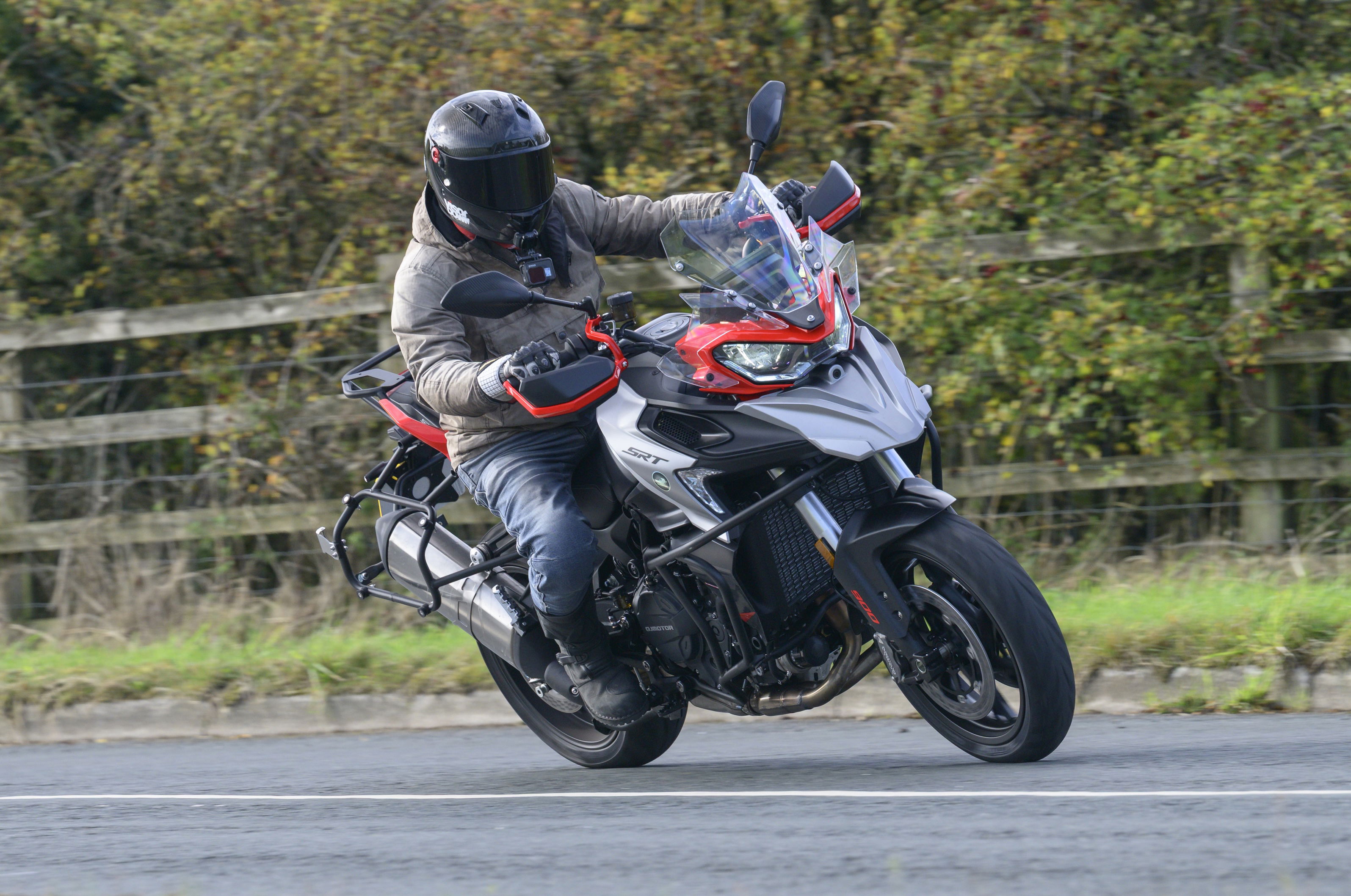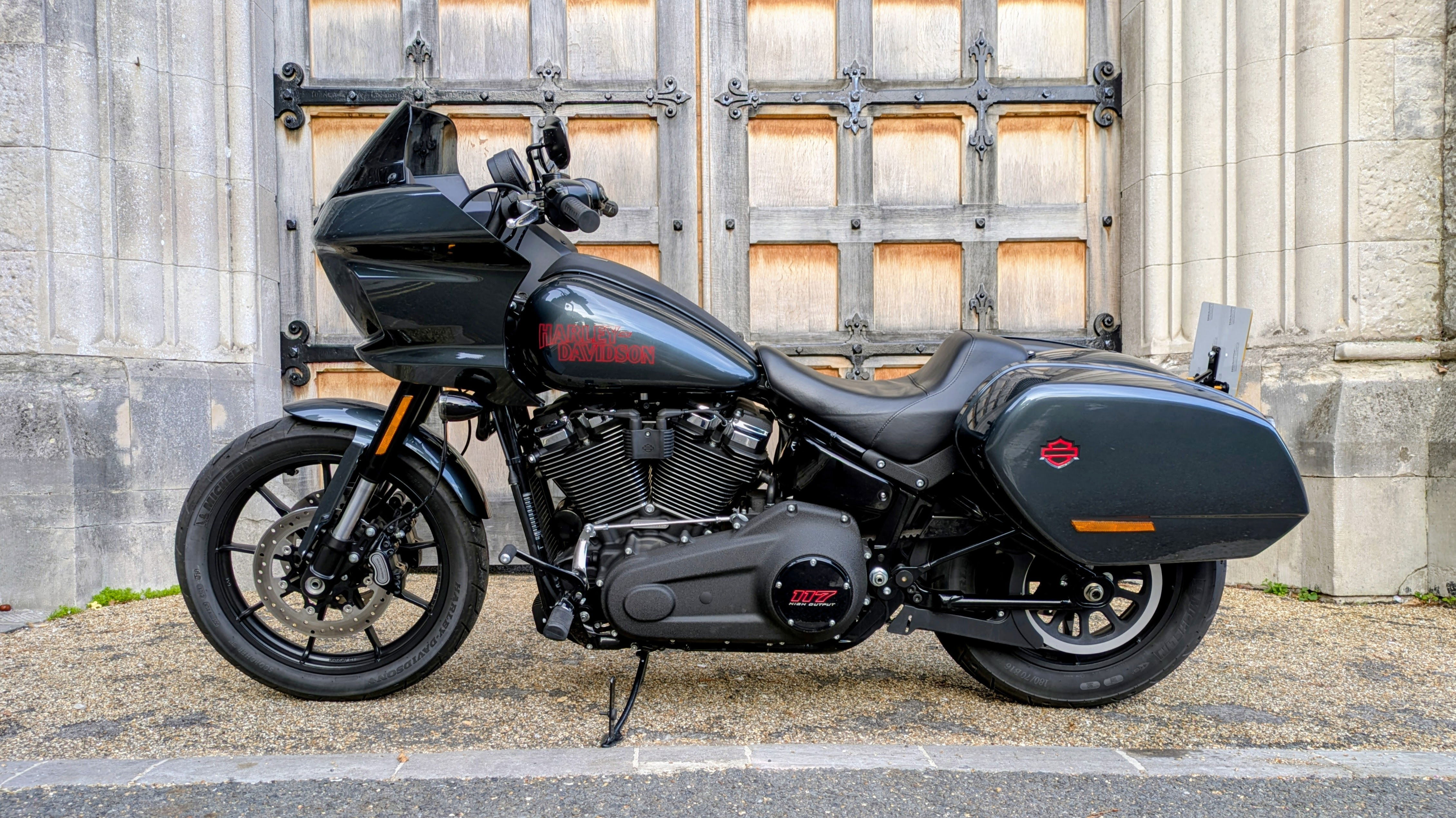Back-to-back test: Yamaha MT-10 vs BMW S1000R review
It’s naked 160hp superbike meets naked 160hp superbike. Stand back. Things could get broken.

THESE two bikes have clearly been itching for a dust-up since the day the Yamaha was launched in May this year.
Two super-nakeds using the blistering engine and frame of a flagship sports bike, both detuned from about 200hp to exactly 160hp for stronger torque lower in the range. They couldn’t be more closely matched, and the Yamaha has clearly been created to take from the BMW’s impressive sales.
They are the Yamaha MT-10 and BMW S1000R, derived from respectively from the R1 and S1000RR. And here they are, ready to sort this out.
It’s essential to ride a bike alongside one of its competitors in order to get to know it properly. Most motorcycles seem pretty good ridden in isolation but it’s the back-to-back test that reveals how good they could have been.
On the MT-10 launch in Spain, for instance, it was difficult not to be impressed by the torque, with the front wheel keen to leave the ground at about 7,000rpm in second. But was it quite as strong lower down in the range as I remembered the S1000R being?
No. The S1000R is the brute I remembered. While the MT-10 retains a little of the R1’s top-end bias, the S1000R has everything: top-end, mid-range and bottom-end. The detuning has paid off more – this BMW is monstrous. It’s a sign of how good the S1000RR engine is to begin with.
It’s an astonishing piece of engineering from BMW. The time taken to move your wrist – that’s how long it takes to establish its greater strength in the lower part of the range.
And that’s not even the most impressive thing about it. What really marks it out is how controllable its aggression is.
Suzuki’s GSX-S1000 has a jerky on/off throttle, which is fine if you’re riding it as fast as you can, constantly accelerating or slowing down, but annoying if you’re trying to maintain a constant speed. Even cruising on the motorway, in sixth gear, that Suzuki is a pain in the arse.
When I said this in my review of it, some readers, especially on YouTube (viewers) suggested I was just a bit scared of it. I might be, but this BMW is the proof that aggressive torque is not the same as on/off torque. It will fire you down any straight with just as little effort but it understands if you just need to trickle through a village, or around a mini roundabout at 10mph. The torque develops almost seamlessly from nothing, and it’s easy to maintain a constant low level. This is what a good motorcycle is like – it shouldn’t be a challenge to ride it, any more than a kettle should offer obstacles to boiling some water. Think it’s a mark of honour to ride a difficult bike? I’ll buy you a teapot with the spout curving the wrong way. You’ll like it.
I remember thinking something similar about the S1000RR itself. In the right hands (not mine) it will eat pretty much anything on wheels, and somehow in almost anyone’s hands (mine) it still makes an incredibly user-friendly bike. You could ride to work listening to The Archers on your headphones and completely forget the power at your control. That’s what marks both of these BMWs apart, possibly from all the competition.
The MT-10 is not a pain in the arse like the GSX-S1000 but it's not as refined as the S1000R. Both machines have three riding modes offering a progressively more aggressive throttle response, meaning more torque for a given wrist movement. The MT-10 is more jerky in its least aggressive setting than the BMW is in its most. Riding the two bikes back-to-back, it makes the Yamaha seem clumsy, but it’s another of those things that wouldn’t necessarily be in the fore of your mind if you rode the Yamaha in isolation.
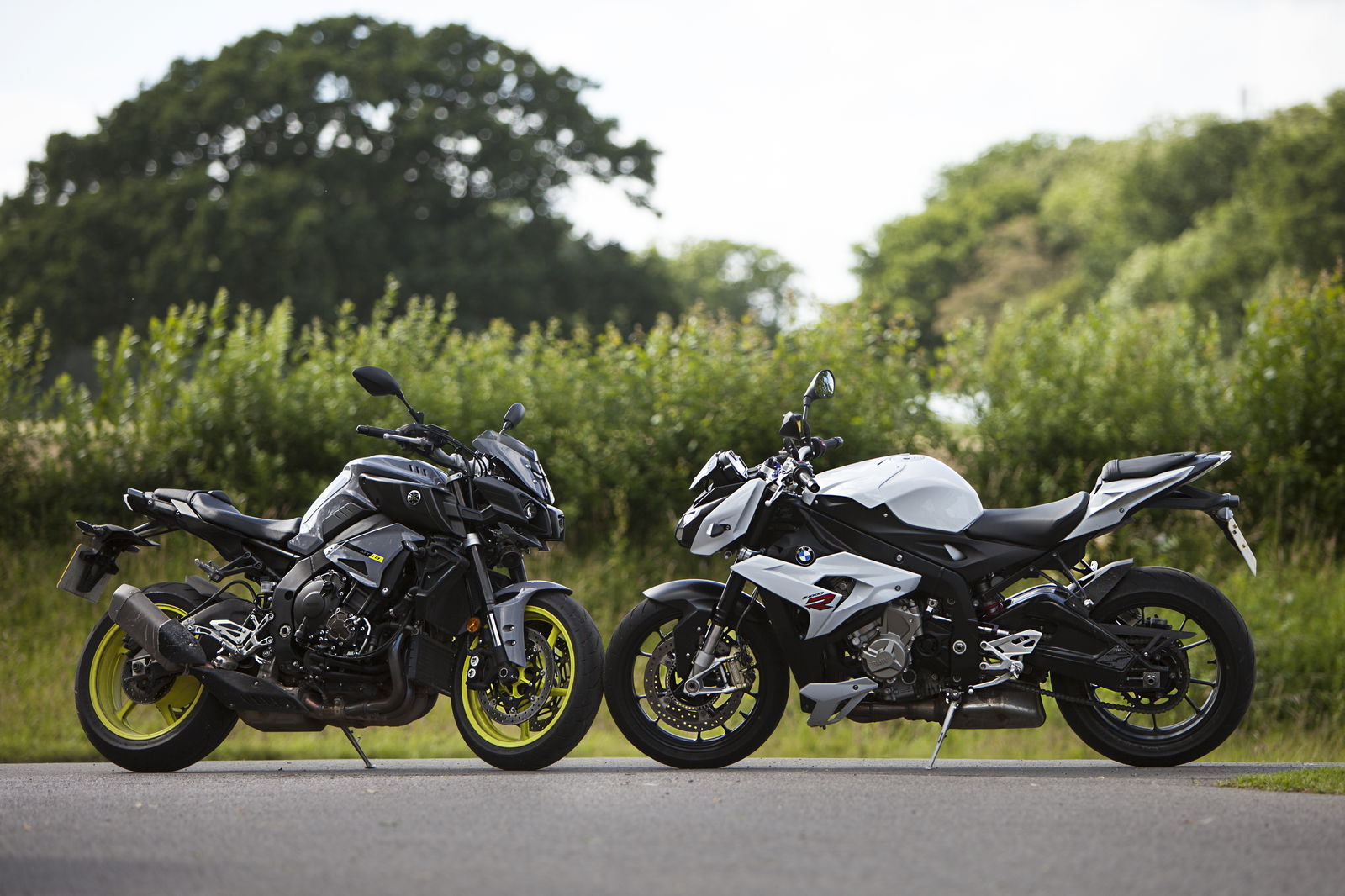
Like the brakes. If there was one common criticism of the MT-10 by journalists on its launch, it was of those. They’re not terrible; they just don’t match the performance of the bike in other respects, and the S1000R casts a thousand-watt halogen bulb on the shortfall by having brakes as outstanding as the rest of it.
The BMW's front brake requires you to recalibrate your hand to the light touch required for ferocious bite. After half a day you’ll still be occasionally grabbing too much. Don’t worry - you of course have ABS.
Naturally the Yamaha has ABS too but the lever takes a firmer grip, and the feel through it has a little more in common with wood. It will stop the bike very quickly but it’s just not in the same league.
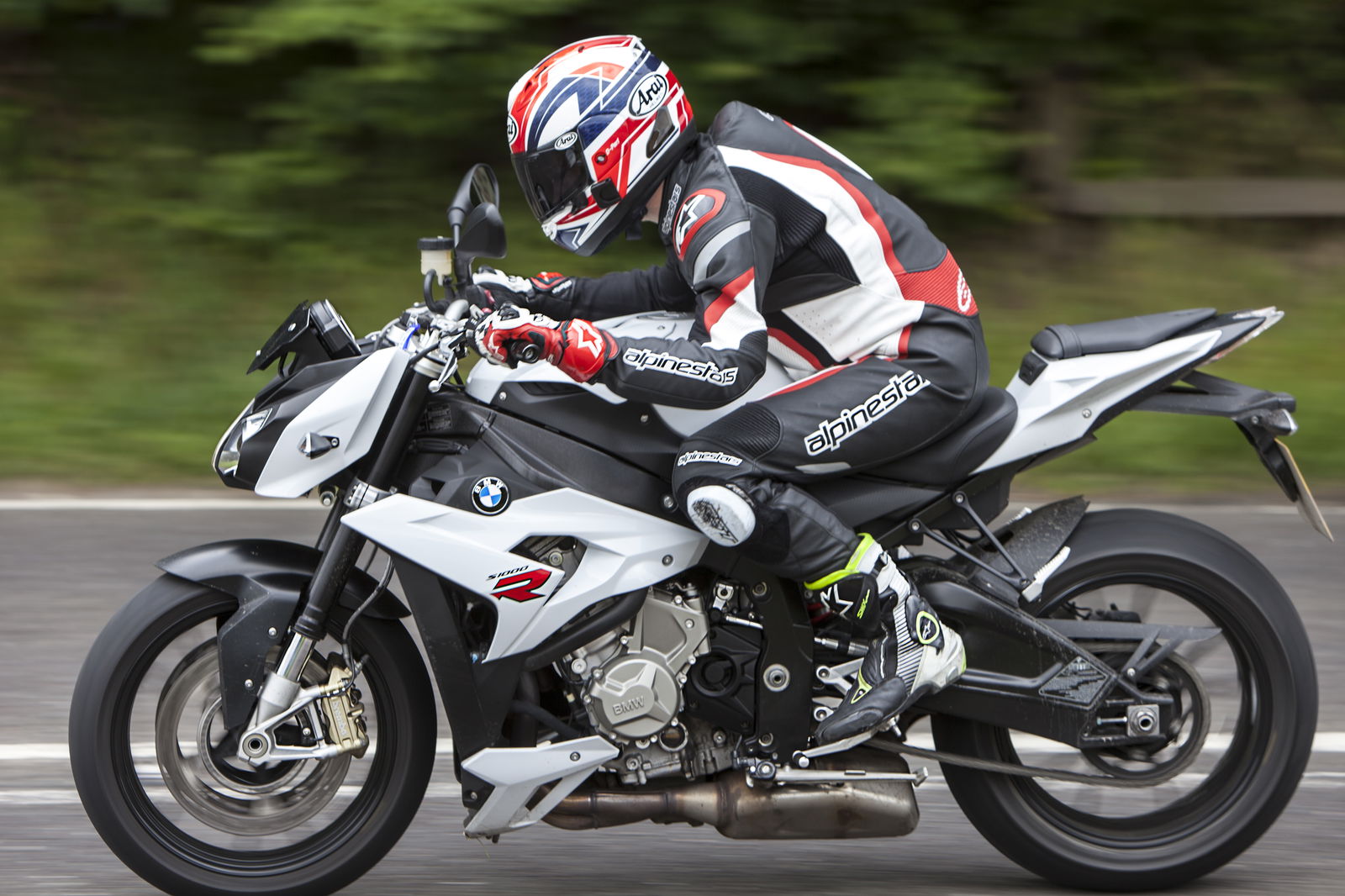
So where does the MT-10 beat the S1000R? Well, there’s character in that cross-plane crank R1 engine. It makes a very distinctive noise, likened by readers on our Facebook page to ‘wasps in a tin can’ after I posted a sound-clip recorded on my phone.
When I tried to think of a way to describe it, I kept thinking of the noise of a spokey-dokey flicking in the spokes of a bicycle wheel to mimic the sound of an engine. It’s as if you can hear the individual piston strokes.
But none of that does it justice. It sounds like something different, special and serious. Something highly tuned. You could imagine you were on a MotoGP bike. And let’s not forget it came from an R1. If you do, you’ll remember again by 7,000rpm, when you overtake time and go into the future.

The S1000R has much more of a traditional four-cylinder feel and sound – that velvet smoothness. But it still has a deep, resonant induction bark when you suddenly open the throttle wide, and an angry burble when you shut off.
Accelerate hard through the gears clutch-lessly using the quick-shifter and it makes a pop with each change.
Half the fun of a quick-shifter is the noise and the MT-10’s sounds great too as you climb through the gears. As long as the throttle is open it makes for almost seamless change. The BMW likes you to be higher in the range and changes with more of a jolt if you’re not.
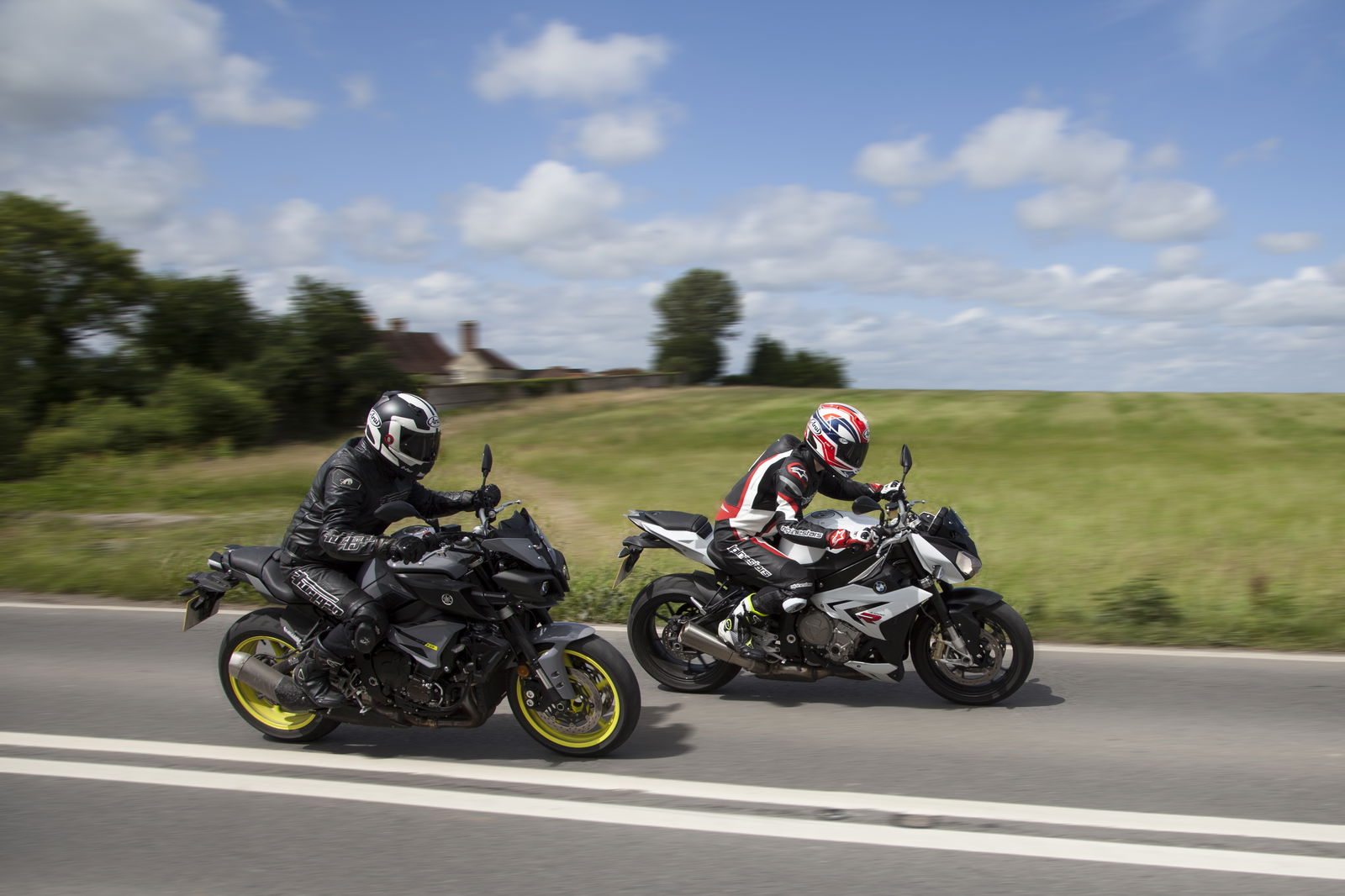
Both handle like the sports bike-derived machines they are and have excellent suspension. The bars on the S1000R are lower, making you lean forward a bit further and creating more of the sense of naked sports bike, an S1000RR with the fairing and clip-ons removed. There’s a sense of sports bike-like precision in the steering too.
The MT-10 feels closer to the typical naked bike, upright with the straights bars right in front of you. The riding position on the S1000R is better for bracing yourself against the acceleration forces as you unleash the torque.
You feel a little bit more a part of the bike on the BMW, possibly helped by the lower seat, another of the things making it surprisingly user-friendly. At I’m 5’9”, I could easily get both feet flat on the ground on the S1000R but was on the balls of my feet on the MT-10. It’s not a big inconvenience but given a choice I’ll always prefer the former.
The S1000R’s seat was softer – surprisingly soft – and more comfortable than the MT-10’s too, which was quite firm.
I suppose that should make it better for longer journeys. Unfortunately, the S1000R is a little vibey at motorway cruising speeds in sixth gear, with the needle just under 6,000rpm. You feel it through the pegs and bars and see it in the shakey mirror, blurring the vehicles behind. Is that a police car? I hope not. With its slightly bigger headlight cowling, offering just a little wind protection, I’d say the MT-10 is the one I’d rather ride to Land’s End on. But who chooses a naked bike for that?
It’s more feasible they might find themselves occasionally tackling the perpetually jammed streets of London, where both get predictably hot under the collar. On a warm day the S1000R hovered at around 100°C while the MT-10 got to 106 at one point.
The S1000R was sometimes fiddly to get into neutral, preferring to go down from second than up from first, something that became more annoying in proportion to the frequency of traffic lights.
But on balance its faults are outweighed by its strengths. At the launch of the MT-10 I was impressed not just its performance but what a good all-rounder it would make. The same can be said of the S1000R. If anything it might make a more flexible everyday friend, with its smoother throttle response.
My habit of always looking under the seat has brought me in for some mild ridicule, but I won’t be deterred – I just like to have somewhere to put a disc lock. The S1000R has a more useful under-seat compartment than the MT-10, surprisingly capacious and easier to get to, with the lock recessed into the padding of the pillion seat. On the MT-10 the lock is under the mudguard, the most inconvenient place I can think of, and getting the one-piece seat back on is a slightly awkward operation.
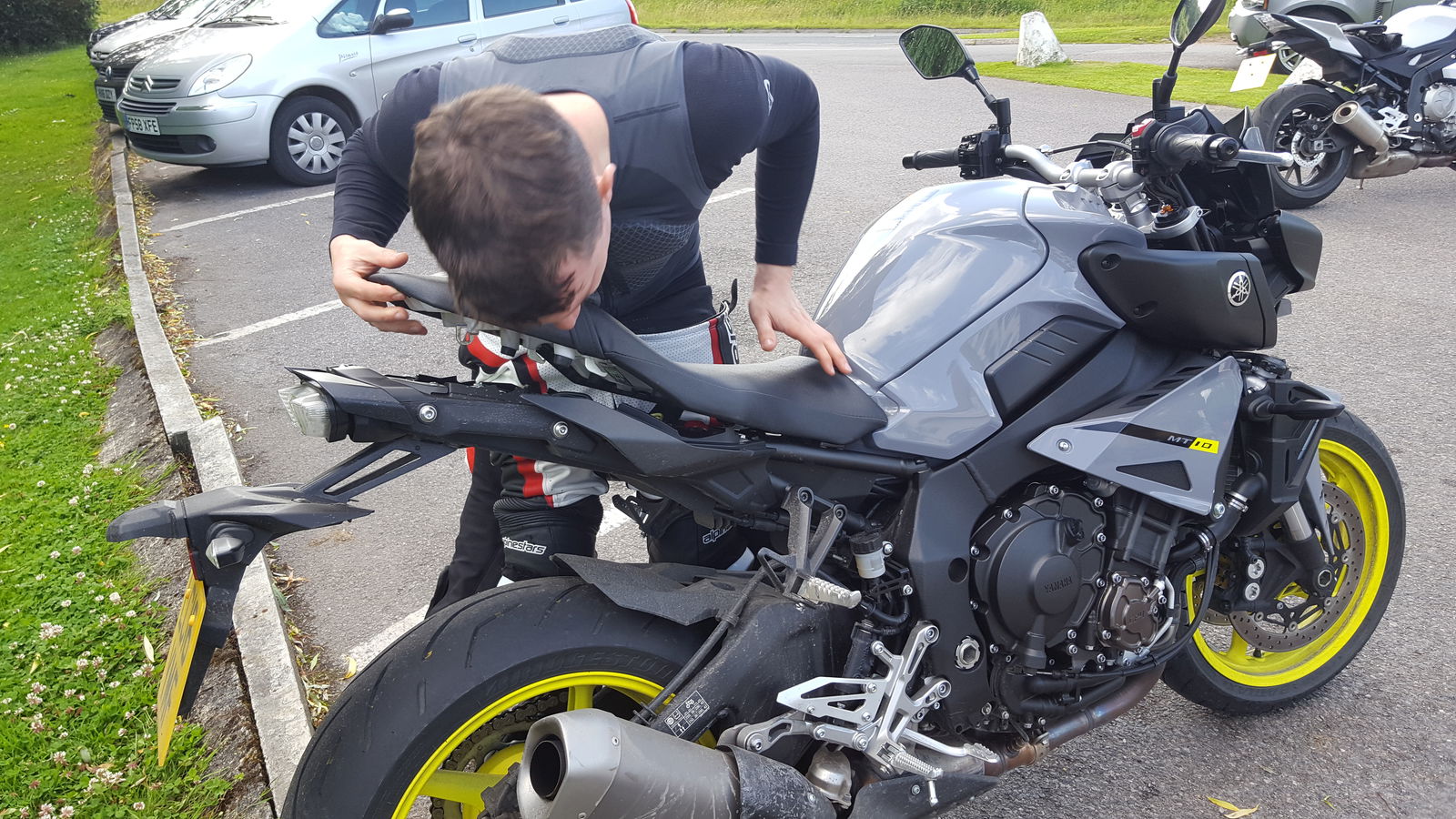
What’s perhaps really surprising about the MT-10 is that Yamaha provide optional semi-rigid panniers for it. Add the tall screen too, and you’ve got a sports tourer, what you might call an MT-10 Tracer.
But there are taller screens available for the S1000R too, and Bags Connection do smart pair of throw-over panniers, if a bit smaller than the Yamaha ones.
Also, any two-up touring potential of the MT-10 will be limited by its pillion pegs, which are horrendously high, as demonstrated by our photographer. The S1000R’s are at a more reasonable height.

It’s not for any of these considerations that the S1000R wins this test. It’s because, with its smoother-feeling engine and stronger mid-range, it’s the one I think an average rider like me can exploit more performance from. It's also the one that seems to better fit the remit of a brutal naked bike, a superbike with the faring torn off.
It’s not so much a criticism of the Yamaha – because that’s amazing too – as a testament to how good the S1000R is.
It’s got a stronger, more usable engine and much better brakes – and that’s really as much as you need to know. It set a very high bar when it was launched two years ago, and the MT-10 hasn’t quite met it.
WATCH OUR YAMAHA MT-10 VS BMW S1000R VIDEO REVIEW
Model tested: Yamaha MT-10
Price: £9,999 plus tax and registration
Engine: 998cc in-line-four
Power: 160.4hp @11,500rpm
Torque: 81.9lbft @ 9,000rpm
Wet weight, fully fuelled: 210kg
Frame: Aluminium Deltabox
Suspension: KYB shock and 43mm fork, both fully adjustable
Brakes: Four-pot calipers on 320mm front discs, single pot on 220mm rear
Tyres: Bridgestone Battlax Hypersport S20, 120/70-17 front, 190/55-17 rear
Seat height: 825mm
Fuel capacity: 17 litres
Fuel economy (calculated from receipts): 30.73mpg
Colours: ‘Night Fluo’, ‘Tech Black’, ‘Race Blu’
Available: Now
Model tested: BMW S1000R
Price: From £10,350 plus tax and registration
Engine: 999cc in-line-four
Power: 160hp @11,000rpm
Torque: 82.6lbft @ 9,250rpm
Wet weight, fully fuelled: 207kg
Frame: Aluminium composite bridge frame with partially self-supporting engine
Suspension: Upside-down fork, diameter 46 mm travel 120 mm, rebound/compression damping adjustable, ride-height adjustable; shock adjustable for rebound damping and pre-load
Brakes: Four-pot calipers on 320mm front discs, single pot on 220mm rear
Tyres: Pirelli Diablo Rosso Corsas, 120/70-17 front, 190/55-17 rear
Seat height: 814mm
Fuel capacity: 17.5 litres
Fuel economy (calculated from receipts): 36.14mpg
Colours: ‘Racing Red’, ‘Black Storm Metallic’, ‘Light White’
Available: Now
